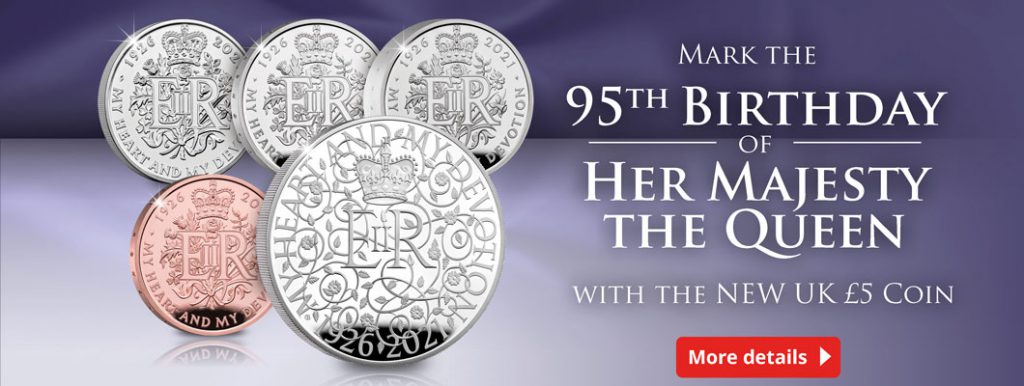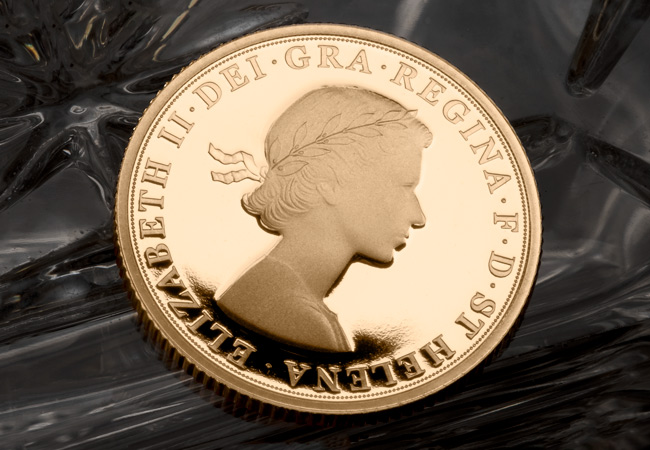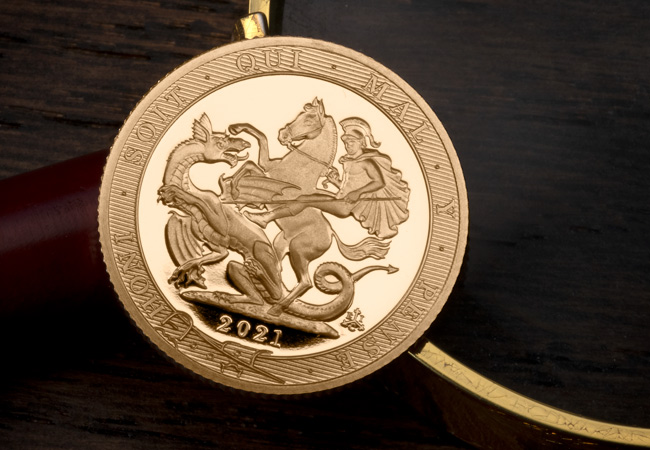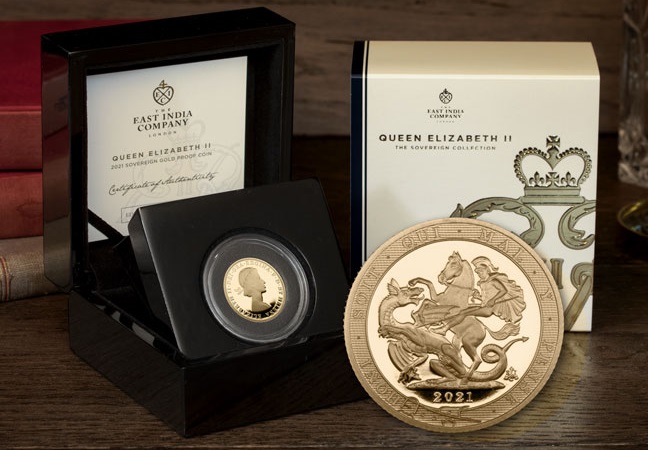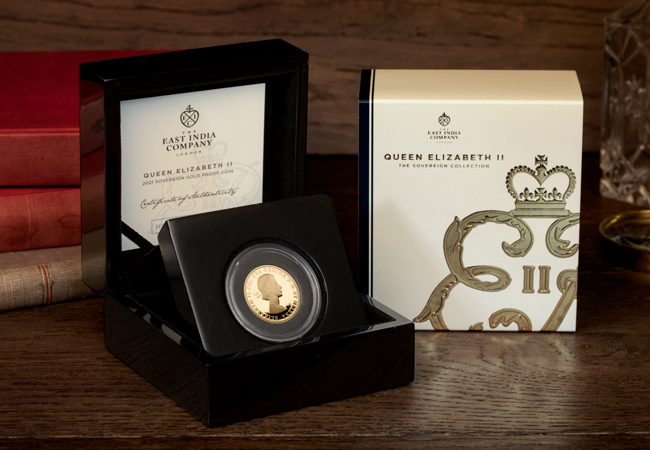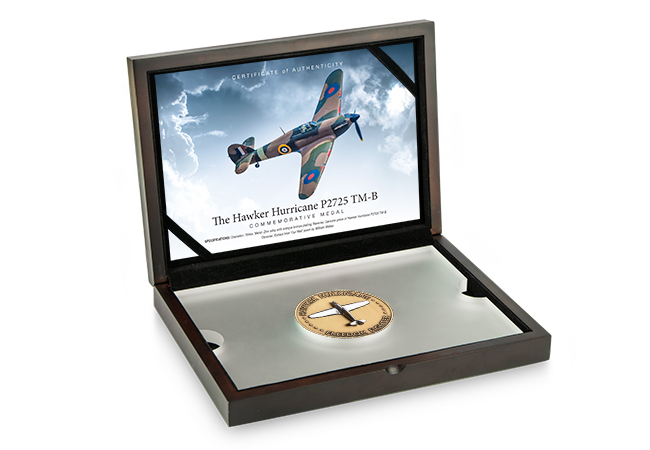Royalty
Find out why this NEW Royal UK coin has TWO designs…
The most important gold coin in the world right now
As I’m sure you know, this year we celebrate the milestone 95th birthday of our monarch, Queen Elizabeth II.
This is a crucial moment in our country’s history. She is longest reigning head of state that the UK, and in fact the world, has ever seen. Amazingly, 81% of the British population has been born following her coronation, so she is the only monarch that the majority of us have ever known.
This makes her reign one of the most important and impressive in Britain’s history.
To mark this momentous occasion The East India Company has issued a special limited edition Gold Proof Sovereign that’s frankly the most important gold coin in the world right now.
You’ll understand when you see the design and the edition limit. These two things are going to make this Sovereign one of the most sought-after gold coins in history, and the very pinnacle for all collectors looking to mark the Queen’s birthday…
Nostalgic Mary Gillick Portrait
It goes without saying that Sovereigns are one of the most collected coins in the world. Known in the 19th century as ‘the chief coin of the world’ it has maintained its global reputation for accuracy, integrity and beauty.
Whilst the reverse of this Sovereign depicts the iconic image of St George slaying the dragon, it’s the obverse that’s going to have collectors rushing to secure this coin.
You see, The East India Company has been given special permission to use the very first official portrait of the Queen by Mary Gillick on this coin’s obverse, making this the first time it has been seen on a Sovereign for over 50 years.
Significantly, the Gillick portrait was the first effigy of Her Majesty to be used on UK coin. This nostalgic effigy, emphasising the Queen’s youth and vitality, represents the beginning of her reign and is the perfect tribute to her impressive reign and legacy.
Over Ten Times Rarer than the UK Proof Sovereign
Importantly, the East India Company Gold Proof Sovereign is struck to the same exacting standards as the UK sovereign – in 7.98 grams of 22 Carat Gold. All that differs is the design and – crucially – the edition limit.
It has a strict single coin worldwide edition limit of 750, which when compared to the significantly higher UK 2021 Gold Proof Sovereign edition limit of 7,995 makes this coin over TEN times more limited.
What’s more the UK 2021 Gold Proof Sovereign was also issued specially to mark the 95th birthday of Her Majesty the Queen, and it completely SOLD OUT at the Mint inside nine weeks of release!
The Most Important Gold Coin in the World Right Now
It’s clear that there is high demand this year for commemoratives marking the Queen’s birthday – and it’s only February!
Whilst I suspect we will see many more commemoratives for Her Majesty’s 95th birthday, this Sovereign is undoubtedly the most significant. Frankly, it’s the most important gold coin you can find right now in the world.
The scarcity of these Sovereigns alone will make them highly sought-after amongst collectors, but when you consider the historic use of the Mary Gillick portrait – not seen on a coin for 50 years! – I’m sure they will be at the top of every collector’s must-have list.
Especially if the sell-out of the UK 2021 Sovereign is anything to go by, these coins will be snapped up in a flash.
If you’re interested…
It’s clear that any collector looking to secure one of these rare coins will have to take urgent action.
As an Official Distributor of The East India Company, we are lucky to have a limited number of these significant Sovereigns available for Westminster Collection collectors.
But with so few available, and demand for Queen Elizabeth II commemoratives already at an all-time high, we do not expect that we have enough coins to go around. Therefore, these coins are offered on a strict first-come, first-served basis.
The day a Hawker Hurricane SAVED Buckingham Palace
On 15th September 1940 (later known as Battle of Britain Day), the Luftwaffe launched its largest and most concentrated attack against London in the hope of drawing the RAF to annihilation.
One German Dornier lagged behind and then started heading straight for Buckingham Palace. Sergeant Pilot Ray Holmes attempted to shoot it down before running out of ammunition. Without hesitation, he knew what he had to do; he had to hit it. At speeds in excess of 400mph, they collided.
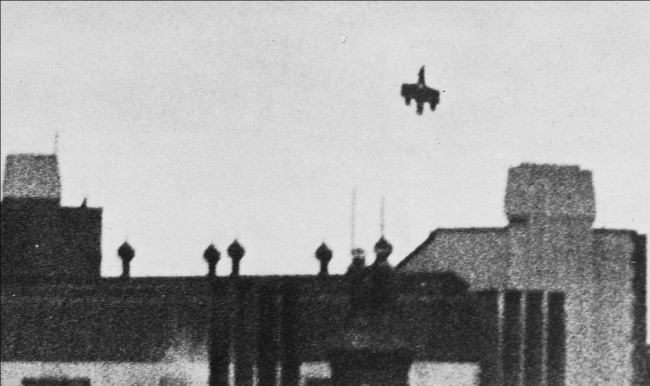
The Dornier crashed to earth, prevented from destroying the Palace. The Hurricane TM-B was also critically damaged and entered a vertical dive. Seeing there was no way to save the aircraft, an injured Holmes ejected to safety while the Hurricane plummeted to the ground, crashing where Buckingham Palace Road meets Pimlico Road and Ebury Bridge. Amazingly, these were the only two aircraft to crash on the City of London throughout the entire war.
The recovery of the remains…
Chris Bennett, a veteran of several aircraft excavations, decided to take on the project of excavating this famous aircraft; which was no easy task considering the Hurricane was buried underneath one of London’s busiest roads. After 13 years of planning and setbacks, he finally got the go-ahead to begin excavation, as well as TV production company Mentorn securing a spot on Channel 5 for a live broadcast!
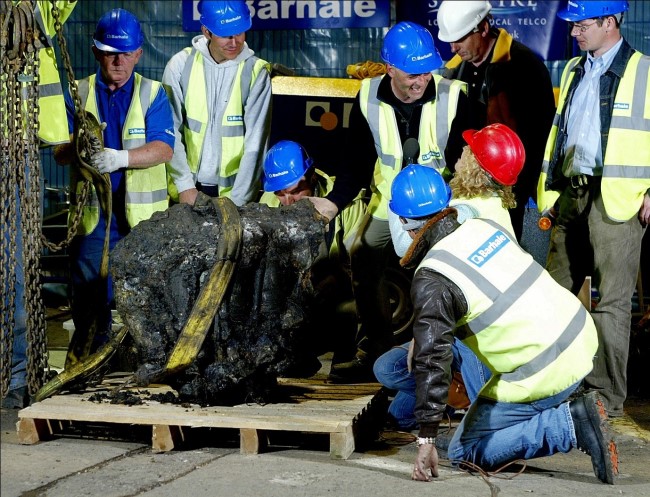
The recovered Merlin engine, along with other parts, were exhibited at the ‘Westminster at War’ exhibition in Leicester Square and then at the Imperial War Museum. The aluminium engine casing however, was melted down and cast into sculptures, the first two of which were presented to Ray Holme’s family and Her Majesty the Queen.
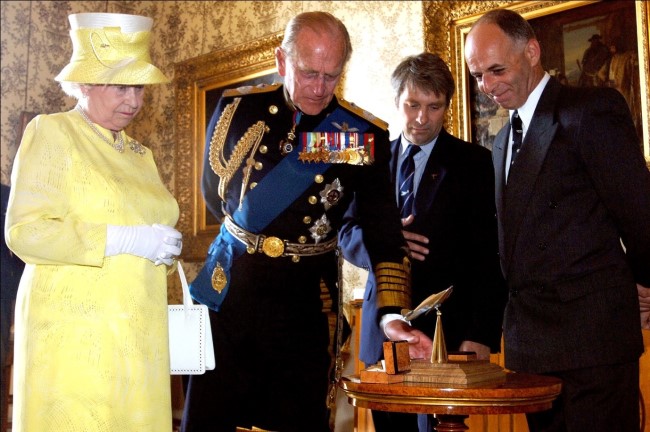
The BRAND NEW Hawker Hurricane Provenance Medal
And now, a small number of collectors have the chance to own a BRAND NEW Commemorative featuring an ACTUAL piece of the plane that Ray Holmes was flying on the 15th September 1940 when he saved Buckingham Palace!
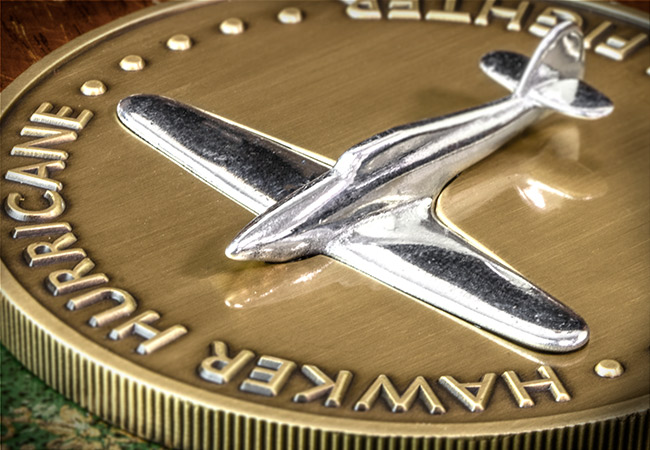
This incredible commemorative features an original piece of Hawker Hurricane, meticulously hand-sculpted into the shape of the iconic plane and precision set into the deluxe SUPERSIZE 70mm Medal.
Even without the genuine piece of Hawker Hurricane, this medal is a work of engineering art in its own right. Combined with the original piece of the Hawker Hurricane, you’d have to look for many years to find something better.
Just 250 lucky collectors have the chance to own this special new commemorative. Last year’s Provenance medal featuring a piece of Spitfire SOLD OUT in a matter of days. Click here to secure your Hurricane Commemorative while you still can!

